Black walnut hull tincture is an extract of powerful phenolic compounds with many health benefits and it is used as a dewormer for animals.

This post contains affiliate links, which means I make a small commission at no extra cost to you, if you click through and make a purchase. See my full disclosure here.
We’ll be making a herbal tincture today using black walnut hulls. This ally has been highly regarded in folk medicine for ages and is often used as a dewormer and anti-parasitic for animals and people. It also is said to have anti-fungal properties and a black walnut salve is often used for fungal and viral infections such as athlete’s foot and warts.
In my research I have found that it is beneficial for many other ailments as you’ll discover in a bit. And I collected a pretty long list of Black Walnut’s benefits for you. While my focus in this post is on the deworming properties for goats, I’ll discuss some of the other uses as well. Let’s dive in!
If you like to make medicinal preparations from foraged herbs, you might like to learn about the benefits and how to make a Purple Dead Nettle Tincture.
The healing properties of black walnut

After moving to Missouri I discovered two things that led me to make this tincture!
First, The Black Walnut
On my first little hike around my new property in mid October last year, one of the things I noticed were several large dead looking trees with what looked like rotten fruit on the ground. They were black, hard, baseball sized, and smelled sort of like citrus starting to rot. The tree was completely defoliated in the middle of October.
So after asking a neighbor about it, I learned that I found some black walnut trees! Those rotten fruits were black walnuts in their hulls. And the trees weren’t dead, they just lose their leaves early. Wow. What a cool find! There are several of these native trees in the pasture and woods around here. So I was excited to have found a treasure.
I had never seen walnuts other than the shell-on kind you find in the grocery stores around the holidays. So I gathered up a few, peeled them and cracked them open and sure enough they had awesome tasting, but somewhat hard to get at, walnut meats in it. I thought of it as a blessing and decided to research the medicinal properties that are found in black walnuts. And I’ll highlight some of these below.
The second Thing Was A tragedy with the goats
Fast forward 6 months. After a successful kidding season, my goats suddenly became ill and several of the babies died. Then a couple of adults did as well. It was heartbreaking, those were my original mamas that I’ve had for almost 6 years. I didn’t know what to think and decided to ask the neighbor who keeps sheep.
She was quick to point out that there is a common worm in this area that caused my goat’s death. It is called the barber pole worm. Coming from the north, I had never heard of this problem. In the past, I used a mix of herbs for 6 years on my livestock and it kept them healthy with no need for other special treatments. I used some occasional cedar or pine boughs and grape leaf feedings to supplement when there was coccidiosis in the kids.
I lost a couple of goat kids over the years despite all care. There are unfortunately always animals that are more susceptible to diseases or are weaker than others. And I feel that it is not a good strategy to go to extremes to save one, because you want to breed for resiliency. A tough decision a livestock farmer has to make. My goal is to breed goats that will have strong defenses and to cull out the weak ones that don’t.
Meet the barber pole worm
But this barber pole worm, which was to be my new nemesis, is a whole lot different from other common worms. It is a vicious vampire that sucks the blood from the lining of the stomach in goats and sheep. This causes anemia, which is what kills the goats. It can be detected by checking the eyelid under their eyes and comparing the color to the colors on the ‘Famacha’ scale. If they are not bright red, then a worming treatment is recommended. And fast!
The trouble with Chemical dewormers
I’m opposed to chemical dewormers for several reasons. They can cause dependence in the goats, resistance in the pests and they remain in the manure where they then go to kill microorganisms and beneficial insects such as the dung beetle. And with dairy goats, you have to dump the milk for several weeks after a chemical dewormer treatment.
In the past, I have never found Chemical dewormers necessary. Herbs were always quite effective. The one bottle of dewormer I bought, just in case, when I first acquired goats, sat in my rootcellar unused for years and I threw it out eventually. Herbs were sufficient.
But after moving to Missouri and the tragedy of losing half my critters, I ended up reaching for several chemical wormers. And with no improved outcome. It appears that this worm is getting resistant to the commonly used chemicals. So, sadly, a few more goat babies died even after I administered chemical dewormer.
In my determination to find something that works, I gave them free choice cedar branches, yellow dock leaves, mugwort, grape leaves, and oak leaves. And, remembering the black walnut research I had done, I started to use black walnut as well. So far this has been my most successful approach to keeping this barber pole worm from killing my goats. Hopefully it will continue to do so.
One great benefit is that I don’t have to dump the milk for 3 weeks. This is a huge deterrent against using commercial chemical wormers. None of them are even approved for dairy goats and no recommended withdrawal times established. They are administered twice in a row, 10 days apart and then I used the recommended 10 day meat slaughter wait period for sheep as my milk dumping time, hoping that that was sufficient.
Using black walnut hulls as a goat dewormer

So this was a long introduction, but I thought it was necessary to provide some context here, and why I wanted to try black walnut hulls as an anti-parasitic and goat dewormer.
My favorite combination is both, wormwood or mugwort and black walnut. I fed mugwort fresh in the summer and fall, since I have it growing in my garden. I also like to add cayenne pepper to my black walnut drench. I’m not sure if all of these are necessary, but I’d rather be redundant.
Besides that I am keeping my routine of the herbs, that I have used for years in the past as well. And I also just made a clove tincture to add into the mix next year as another ally against the barber pole. I found that traditionally, herbalists used black walnut hulls in combination with other herbs like wormwood (mugwort is similar) and clove to target various stages of the parasite’s life cycle.
As a side note, I want to give a great big shout out to Molly’s Herbals. Her formulations have been super effective over the years for all other parasite problems. And the pricing is really pretty good for a pound of organic herb mix. So I have not felt the need to try and mix up my own.
Today I’ll be making the black walnut tincture, but stay tuned for other animal health formulas in the near future by subscribing to my Food For Life Garden News!
My worming routine for goats
Before diving into making tincture, we’ll look at the benefits. These are quite impressive and there will be a few cautions at the end as well, as there are with any herbs. I do want to point out here, that isolated juglone, the prominent active ingredient, is quite toxic. So use it with caution and I would not use it for more than 2 weeks at a time.
During high worm pressure times I use it for about 3 days with the mugwort or wormwood and cayenne pepper. After that once a week as a preventative. Whenever I notice the goats’ eyelid color pale a little, I’ll give the tincture for 3 days in a row. At the same time I also give a shot of iron or oral red cell and B vitamins. Just to help replenish what the worms sucked out, and to help their immune system recover.
When the worms aren’t active, I just keep an eye out for any signs of distress and do the three day tincture routine then. I give Molly’s ‘number two’ herbs once a week year round just as a regular supplement and the ‘number one’ herbs once a month as she recommends.
Benefits of Black Walnut Hulls for goats and people

Juglone is a phenolic compound that is present in all parts of the black walnut tree (juglans nigra). However, it is most concentrated in the bark, roots, leaves and hulls that surround its hard-shelled seed.
This compound, and also many others that are found in the black walnut hull, are full of reported medicinal benefits and many texts and some studies are available that promise great healing power in black walnut. Black walnut hulls contain high amounts of antioxidants, essential fatty acids and other beneficial acids, tannins, phytosterols, polyphenols, carotenoids and melatonin.
- Antimicrobial and Anti-fungal Properties – Black walnut hulls are said to have antimicrobial and anti-fungal properties. It might help with cold sores and herpes. Salves made with oil-extracted black walnut hulls are often used in the treatment of skin conditions like athlete’s foot, ringworm, and fungal infections.
- Digestive Aid, Anti-parasitic, Vermifuge (Parasite Removal) – Black walnut hulls are used to support the digestive tract environment, and heal inflamed intestinal tissue. But it’s active compounds are thought of particularly for expelling intestinal worms or parasites.
- Anti-inflammatory Effects – The hulls contain phenolic compounds that may help reduce inflammation. This might potentially benefit conditions like arthritis and other inflammatory diseases. The nut meats themselves also show anti-inflammatory properties.
- Antioxidant Benefits – The hulls are rich in antioxidants, which may help protect the body against oxidative stress and free radical damage. This can give protection from diseases, potentially slowing down the aging process, and reducing the risk of chronic diseases.
- Cardiovascular Health – The compounds in black walnut hulls, particularly juglone, have been shown to support cardiovascular health by lowering blood pressure and cholesterol levels.
- Anticancer Potential – Some early studies suggest that the juglone in black walnut hulls may have potential anticancer effects, particularly in preventing the growth of certain types of tumors. The NIH has a really great article on that, see sources at the end of this post.
- Improves Circulation – Black walnut hulls may help with improving circulation, by way of relaxing muscle cells, resulting in vasodilation.
- Support for Skin Health – Black walnut hulls have been historically used in topical applications for treating eczema, acne, and other skin conditions due to their anti-inflammatory and antimicrobial properties.
- Wound Healing – The phenolic compound juglone is showing promising effects against staph infections in wound healing, where antibiotics are failing due to resistant bacteria.
- Dental Care – In dentistry, juglone is considered an effective anti-plaque, anti-fungal, anti-bacterial, anti-carciogenic and tooth whitening agent. One article I found, reported that it reversed cavities on a person. But I wouldn’t give it weight until I find more about it.
- Detoxification – The hulls are sometimes used in detox programs, in hopes to rid the body of toxins and even heavy metals.
- Blood Sugar Regulation – Black walnut hulls may help regulate blood sugar levels. This could offer potential benefits for those with diabetes or insulin resistance.
Cautions:
- Black walnut hulls should be used cautiously. Over-consumption or improper use could cause side effects such as nausea, skin irritation, or digestive upset.
- Pregnant or breastfeeding women, and individuals with certain medical conditions, allergies to tree nuts, or those taking medications, should consult a healthcare professional before using black walnut hulls.
- You should not take black walnut hull extract continuously. If you opt to use this tincture for yourself or your animals, I suggest a limit of 2 weeks at a time with a break following. Some suggest that 6 weeks is ok, but unless you have a severe condition I don’t see that as advisable. Just, do not overuse it and consult with your health practitioner for specific dosing or long term use.
- As with any new food or supplement, use a very small amount to start, and watch for reactions. You can gradually increase the amount to the regular dose of 1 dropper full 2-3 times a day if you seem to have no adverse reactions. But even just a few drops taken at regular intervals should suffice.
- Black walnut hulls are toxic to horses. You should find alternate dewormers for treating horses.
- This information is a product of my own research, and does not constitute medical advice! Never trust just one source, me included, and always do your own research, especially if you feel a particular property might benefit you. No one is always right and effects can vary among people depending on their bodies and lifestyle. And the strength of compounds can vary from one tree to another too! Many claims that circulate might be anecdotal or are just unscientific statements repeated by many.
- You might also find information about the hulls containing iodine. I really searched hard and couldn’t find evidence that this is true even though the stories sound good. And it doesn’t make sense that a tree would produce iodine in-land. I think this claim has started to circulate mostly because of the staining that looks like betadine. I could be wrong, but I don’t believe it.
But there is more!
Wow, what an impressive list of benefits for black walnut hulls. I was very excited about having walnut trees on my property just for the value of having walnuts for food. And to make walnut oil once I get the oil press that I’ve had my eyes on for a while now.
If you feel that any of this might be beneficial to you, you can either dry the soft green hulls and grind them into a powder, or make a tincture. I find the tincture superior and a lot easier to dose. I also read that the active ingredients diminish over time in dried hulls. The only dosing information I found for the dried herb is 1/4 to 1/2 teaspoon per average weight adult person. But it didn’t say how often to take it.
I did dry some hulls for grinding into a powder, but I really like using this tincture. However I might make a salve out of the dried powder. I’ll post directions for making the salve soon, stay tuned and get notified by signing up for my newsletter!
You can also use the dried herb to make a coloring hair rinse, but be careful, as it may color your skin just the same. Black walnut makes an effective dye for clothing and you can use it to make ink. I found a really interesting post about making ink from walnut hulls at Joybileefarm.
You can tap the trees themselves for sap. The wood is valuable in carpentry and as you can see, the nuts and hulls are a treasure trove for wellness benefits.
Let’s make some Black Walnut Tincture:
What you need:
A quart size mason jar with lid – You can make less too. But this tincture will keep for a decade or longer, and so I find it more efficient to just make a bunch when I make it.
A knife – I use a small paring knife to chip away at the walnut hulls.

Rubber or nitrile gloves – Black walnut hulls stain! You’ll have it on your fingers for days and it can be irritating on your skin. I use single use nitrile gloves to prevent staining my hands.
Strainer or nut milk bag – You won’t need this until 6-8 weeks from now when it’s time to strain out your tincture. I like using nut milk bags for tinctures. It’s easy to squeeze out the last bit of your tincture. And they have a very fine mesh, so your tincture won’t have chunks in it that could clog up a dropper. You could also use a cider press or cheese press for squeezing, but it might stain the material.
A dropper bottle – optional, but very handy.
Ingredients:
100 proof vodka or cider vinegar – You have a choice of using either vodka or vinegar for your extraction or a mix of both. We call this extraction medium the menstruum. Some even suggest to add glycerine, I’m assuming it is for the flavor. But often, if you use a blend for your menstruum, you’ll be able to extract more of the benefits. However, if you use anything other than just alcohol, it’s best to use your tincture within a year because it won’t last as long when extracted in vinegar or glycerine.
Fresh walnuts with green hulls – The best stage for tincturing, when they contain the highest concentration of healing compounds, is the unripe stage. When they are green and only about half the size of mature ones. Use only the hulls, not the nuts inside. Use only the green parts, and cut away brown or wormy parts. And if you pick them off the ground, beware of fungus and don’t use any walnuts that show fungal growth. If you find worms, feed them to your chickens, apparently some worms aren’t repelled by the black walnut.
Instructions To Make Black Walnut Tincture:

Note: You will use the green hulls that surround the hard seed shell of the black walnut. Do not wait till they turn brown, it is best to harvest them immature. I was a little late this year, and mine were starting to get too ripe. So I picked out the greenest ones I could find and cut out the greenest parts of each. It’s not ideal, but it will still make a potent tincture.

01. Pick over your walnuts and sort out the best ones for your tincture. Give them a rinse. If they are fairly young still, you can just cut around in a circle. Then twist the halves apart and drop them into your jar. If they have some brown spots or maybe worms, then just cut the best parts out and discard the rest. You’ll find that the cut-site will start to brown instantly.

02. Fill your jar about ¾ full with the black walnut hulls
03. Pour your vodka or apple cider vinegar over the hulls. Fill the jar to the top. I prefer raw organic cider vinega for the extra benefits it provides.


04. Seal the jar tightly with a sealing lid. I like to use a flat metal canning jar top without screw band. Then I screw a plastic lid over the flat metal which gives me a good seal and because the plastic won’t corrode. If you have just the 2-piece canning jar lids, you could use a bit of plastic wrap or parchment over the opening and then screw on the lid.
Shake it to mix it up well. Do that once a day or as often as you think about it.

05. Let it extract for 6-8 weeks.

06. Strain it and keep it tightly sealed in a jar of appropriate size. You can pour part of it into a little dropper bottle, that makes it easy to dose and use whenever you need it.

Storage:
The alcohol based tincture will keep pretty much indefinitely, as long as its very tightly sealed, so no alcohol can evaporate. The vinegar based tincture should be replaced in about a year. I used alcohol, but I think I’ll make some with vinegar next year, since the vinegar itself is very beneficial as well, and it’s cheaper.
If you’re using a dropper bottle, be aware that sometimes the alcohol might very slowly evaporate through the silicone tops over time. So they are not ideal for long term storage.
Walnut meats:
You can save the walnuts for eating, but you’ll need to wash them really good, then dry them on a rack outside for a couple of weeks, out of the reach of squirrels or mice! Next cure them for a few months in a well ventilated place until they crack open. After that, pry the shells open with a screw driver or pocket knife and enjoy the meats.
You might want to invest in a nut meat pick for this, and I think they always come with a nut cracker that wouldn’t work for black walnuts. If you need to crack them, try this lever nut cracker. Regular holiday nut crackers won’t work for this tough job.
I was thinking about getting a garden weasel for picking up walnuts eventually. You can pick walnuts and drop them off at a Hammonds Black Walnut drop to get some money for them if you have a lot of trees and live near a Hammonds. Just an idea.
Disposal:
The juglone in walnut hulls are allelopathic and will cause growth problems in some other plants if they are grown beneath or next to black walnut trees. Black walnut trees are often seen as a nuisance because of it. But there are some plants which grow near black walnuts with no ill-effects.
However, it is advisable that you don’t put black walnut hulls or other black walnut parts into your compost. If you make long-term cold compost though, it should be ok. The juglone breaks down over time.
You can dispose of small amounts of the hulls from your tincture in your compost since much of the juglone has been extracted, or just bury it somewhere were you aren’t growing plants for at least several months. The juglone will leach out and break down eventually.
If you have a lot of hulls to dispose of, my suggestion is to just make a pile in a corner somewhere where they can’t harm any plantings and compost them after 6 months or so.
Using your extract:
The recommended dosing for most extracts is one dropper full 2-3 times per day. I would not go over this amount. A little goes a long way, even a few drops would be fine several times a day. And as I mentioned earlier. Don’t use it for longer than 2 weeks at a time.
A few days in a row for parasite control in my goats has worked for me so far, and then that I just use it once per week or every two weeks during high-pressure times and if necessary I’ll go back to using it for 3 days in a row.

As you can see, black walnut seems to be a pretty respectable ally for your animal’s health and possibly your own too. I feel that it’s a must have in a first aid cupboard for livestock, but I also keep it in my own pantry for various reasons. It lasts for years, so it’s a good idea to make more than you think you need when you come across some green walnut hulls.
Let me know if you make this tincture and if you know of other uses for it. What other ways do you use black walnuts? And please do ask, if you have any questions, in the comments below.
If you enjoyed this recipe and would like to get notified about more similar content, subscribe to my newsletter so I can send you a heads up when I post new information.
What to read next
Make A Lemon Balm Salve – Benefits of lemon balm and how to make a salve for cold sores, bug repellant, bug bite relief and more.
Purple Dead Nettle Tincture – Capture the many health benefits of foraged purple dead nettles in a tincture for year round use.
Lemon Balm Tincture – Make a delightful and powerful tincture from fresh lemon balm. Learn about the benefits, uses and how to grow it too! This is an essential tincture to stock in your apothecary!
Turmeric Tincture Recipe – Make your own effective turmeric supplement, that is convenient to use and keep with you when you’re not home. A potent extract of the whole turmeric root.
Fire Cider Recipe – Get your fire cider recipe and make this tonic to be ready for cold and flu season!
Fermented Turmeric Paste – Make this convenient fresh turmeric paste for your wellness and as a convenient seasoning for your curries and other foods. Turmeric has so many benefits, find out all about it and why fermenting it makes it even better. It is great too for your animals, they benefit from some turmeric in their daily diet.
Fermented Garlic – Lacto-fermented garlic paste is kind of a special food. It’s the ultimate convenience food and health supplement. But besides that, it gets better as it ages. Just like a fine wine.
Fermented eggs – A probiotic, nutritious, delicious snack that you can keep in your refrigerator for several weeks. It’s there, ready to satisfy that food craving with something that’s good for you. And you’lI love eggs with salsa, or salsa with eggs!
The Ideal Homestead Chicken – Learn about my experiences with my new favorite dual purpose chicken breed and what I think is an ideal homestead chicken. Find you why and how you can raise American Bresse Chicken
Fermented Basil Paste – Keep a jar of this in your refrigerator all year, to season your italian dishes. Preserve not only the herb, but also its aroma and pungent basil flavor. It’s one of my favorite ways to preserve basil.
Fermented Garlic and Honey – A powerful combination of two all-star infection and sickness fighters. Make this easy remedy today and be ready for cold and flu season!
Probiotic Ginger Paste – A convenient way to have ginger on hand when you need some, either as seasoning in cooking or baking, or to use this powerful ally in your daily health routine.

Black walnut tincture from foraged walnut hulls
Equipment
- A quart size mason jar with lid – it should be tight fitting, and to prevent corrosion, use a plastic lid over the flat metal piece of a canning jar lid, or place a bit of plastic wrap or parchment over the opening before covering it with the lid.
- A knife – I like a small paring knife for this.
- Rubber or nitrile gloves – Single use nitrile gloves work best to prevent staining of your skin and you don't have to worry about ruining some better kitchen gloves.
- Strainer or nut milk bag – I like using a nut milk bag for straining the hulls out 8 weeks later.
- Dropper bottle – A small dropper bottle is great for dispensing your tincture.
Ingredients
- 1 quart 100 proof vodka or cider vinegar – 80 proof works, but because there is a lot of moisture in those hulls, I prefer the 100 proof. You could also use 80 proof and a shotglass full of everclear. Use cider vinegar if you don't like using alcohol.
- 10 Fresh walnuts with green hulls – they should be green throughout, else cut away only the still green parts to use in your tincture. Don't use moldy or brown hulls.
Instructions
- You will use the still green hulls that surround the hard seed shell of the black walnut.
- Wear gloves to prevent staining.
- Pick over your walnuts and sort out the best ones for your tincture. Give them a rinse and if they are fairly young still, you can just cut around in a circle and twist the halves apart and drop them in your jar, or, if they are starting to get some brown spots or maybe worms, then just cut the best parts off to use and discard the rest.
- Fill your jar about ¾ full with the black walnut hulls
- Fill the jar to the top with 100 proof vodka or cider vinegar. If you use vinegar, raw organic cider vinegar would be preferable for the extra benefits that you get.
- Seal the jar tight with a lid and shake it a bit. Shake it whenever you think about it once a day or every other day or so.
- Let it extract for 6-8 weeks.
- Strain it and keep it tightly sealed in a jar of an appropriate size. Label it! Fill a small amount into a dropper bottle for easy dispensing.
Notes
Storage:
The alcohol based tincture will keep pretty much indefinitely, as long as its very tightly sealed, so no alcohol can evaporate. The vinegar based tincture should be replaced in about a year. I used alcohol, but I think I’ll make some with vinegar next year, since the vinegar itself is very beneficial as well, and it’s cheaper. If you’re using a dropper bottle, be aware that sometimes the alcohol might very slowly evaporate through the silicone tops over time. So they are not ideal for long term storage.Pin for later!

Shop This Post
Oil press – for pressing nuts and seeds to obtain fresh oil
Nitrile gloves
Cider vinegar
Nut milk bags
Dropper bottle
Nut meat pick
Lever nut cracker
Garden weasel
Some resources: Juglone in Oxidative Stress, Portland clinic of Natural Health, Global healing, Connor Wellness Clinic, National library of medicine: staph in wounds and Cancer Research, HealthlineDisclaimer: The material on this site is intended to be of general informational use and is not intended to constitute medical advice, medical diagnosis, or medical treatment. You should consult your physician or other health care professional before making any changes in your diet or exercise routine.

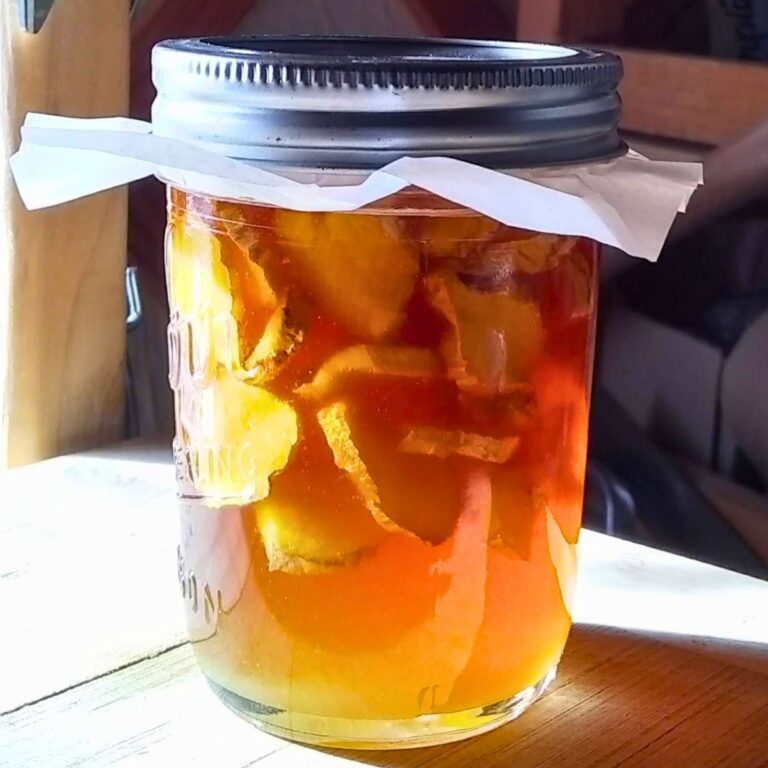
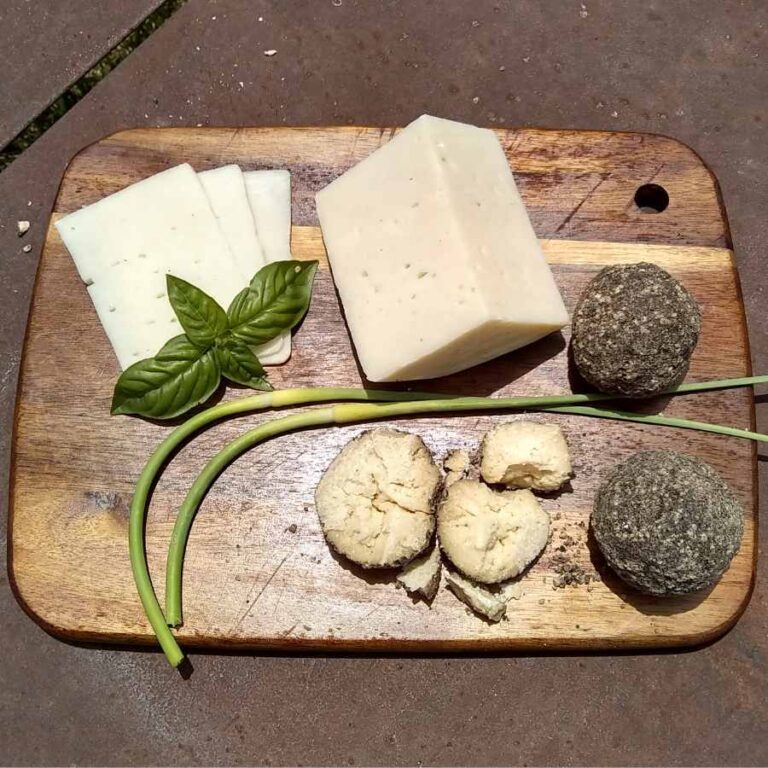
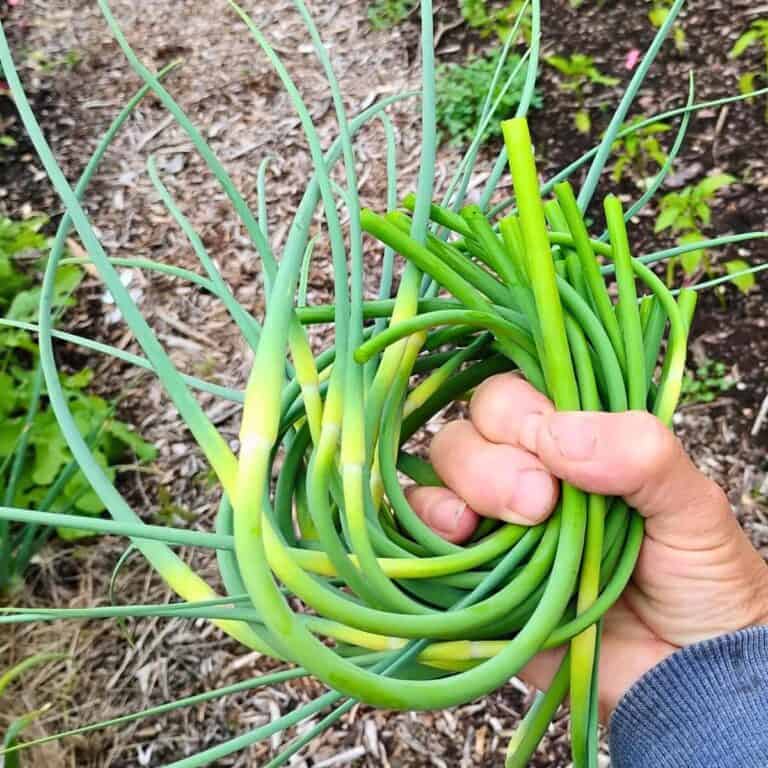
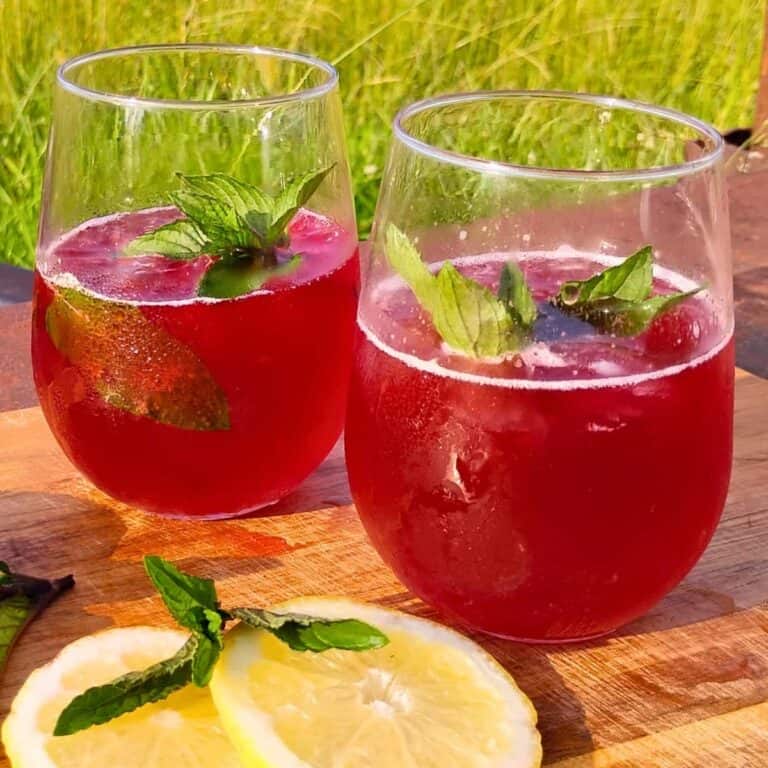
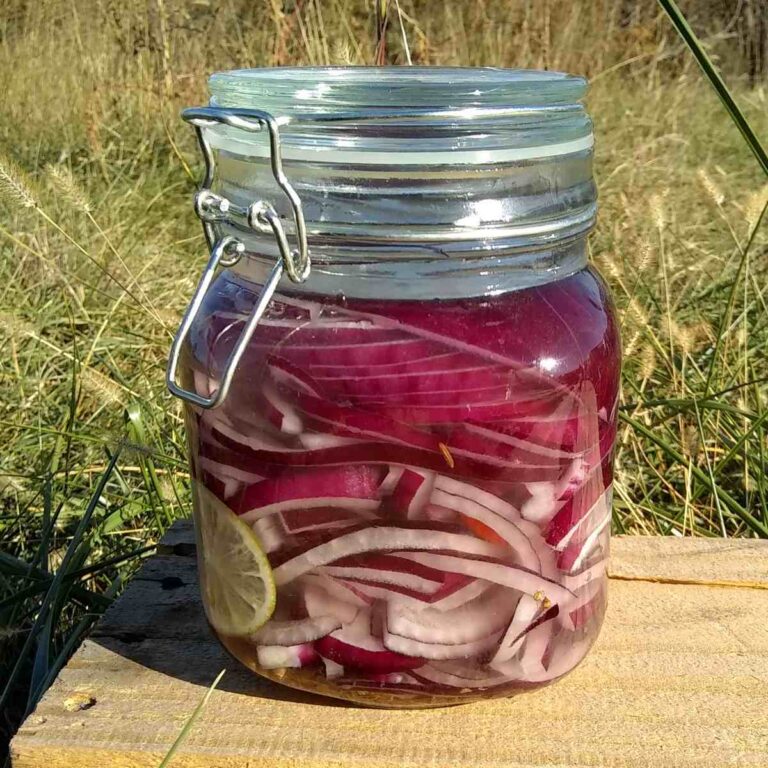
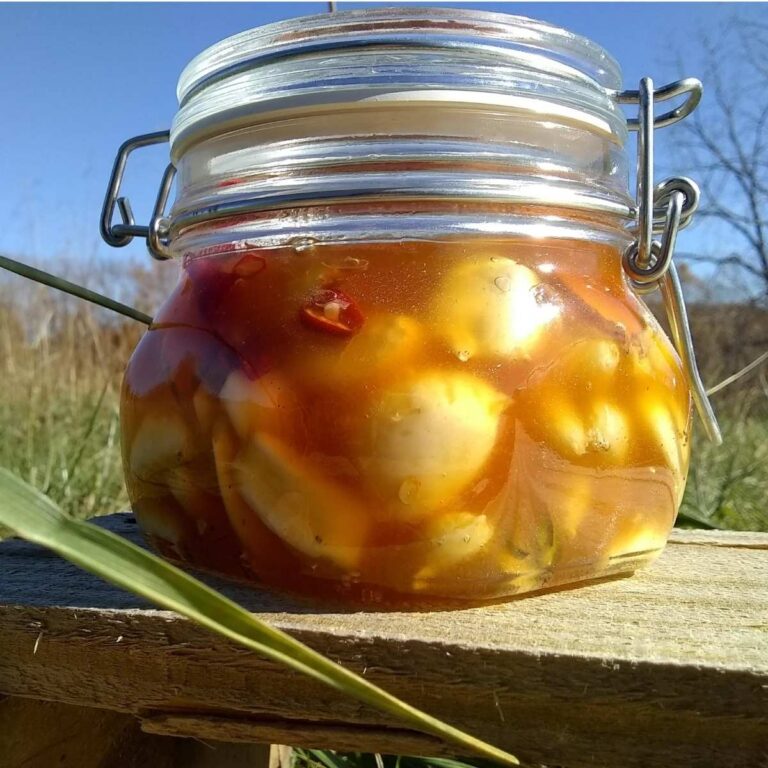
I hope you give Black Walnut Tincture a try! And don’t forget, if you have any questions, you can ask me right here in the comments section and I’ll get back to you as fast as I can!
This is such great info. We have black walnuts in our area and I had no clue what else they could be used for. It’s so interesting that it’s a natural dewormer. Thanks!
You’re welcome. There are quite a lot of interesting historical uses for the black walnut. It’s so fascinating to me to find all those interesting things about the plants around me. I’m glad you found this interesting too.